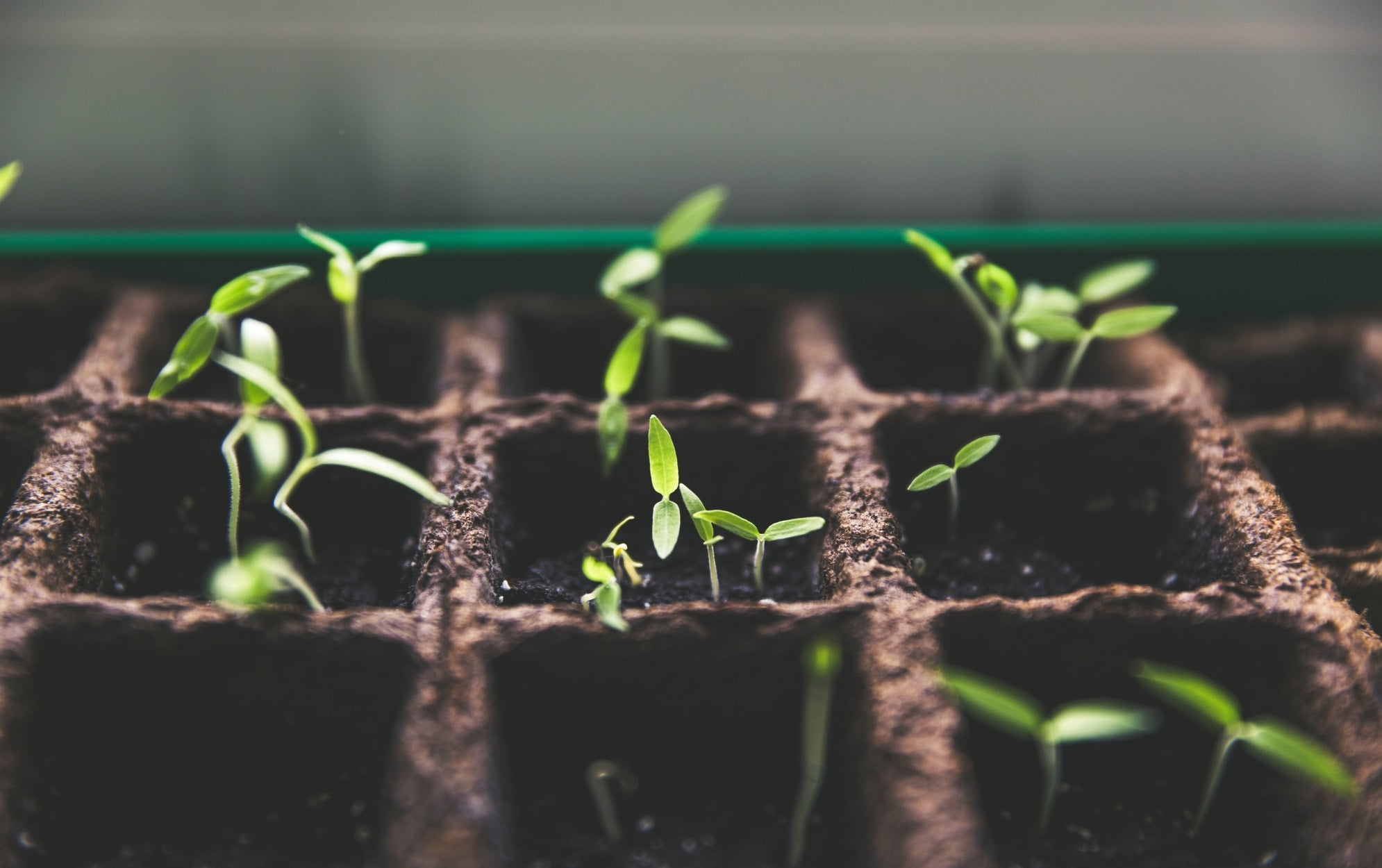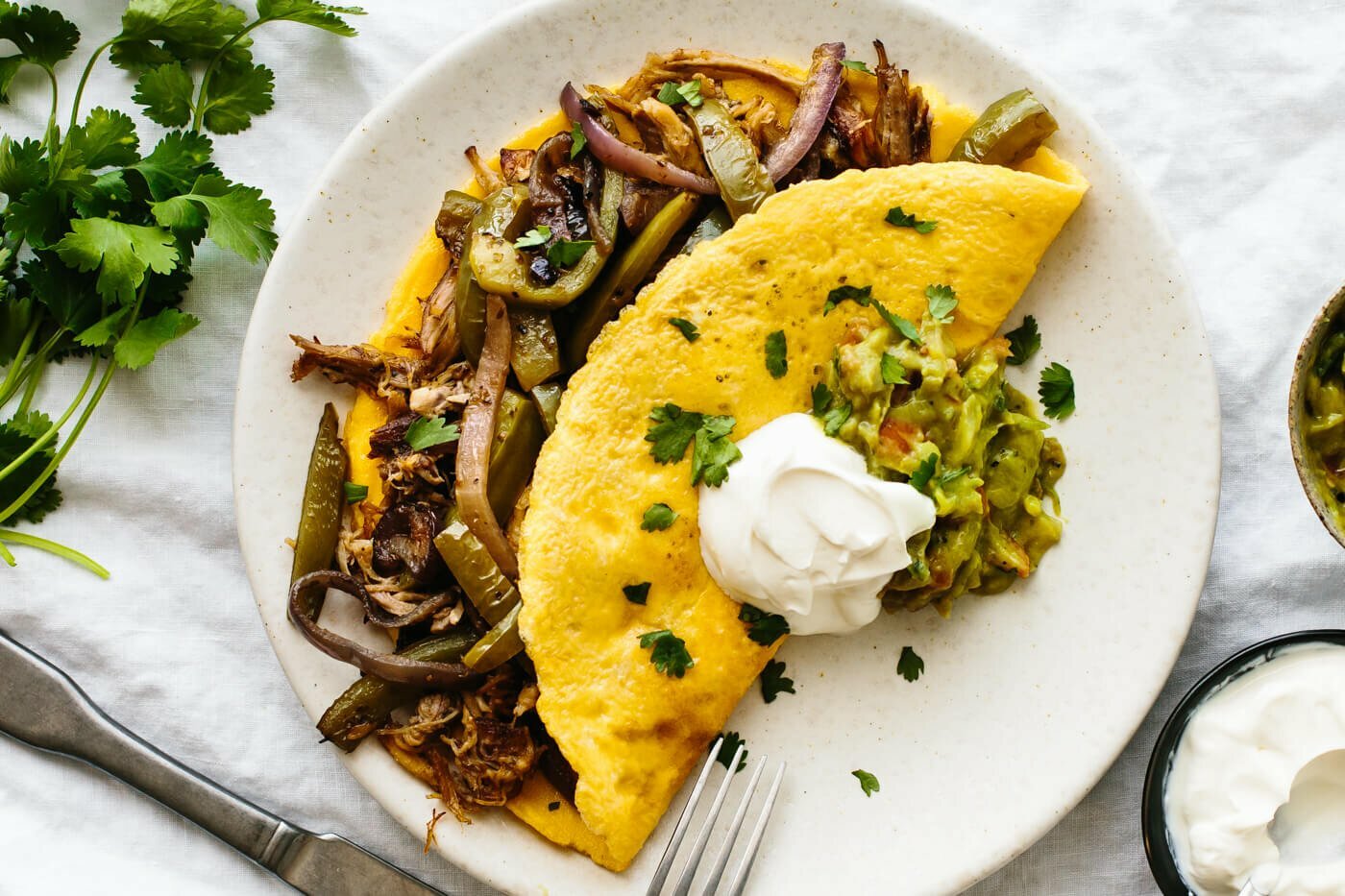Guide To Growing Food At Home – Sustainable Living
2. PLAN YOUR CROP
When deciding your crop, you must consider the seasonality, climate and location of your spot to ensure optimum horticultural development.
Greenhouses: Greenhouses are the most versatile of all growing locations, owing to their controllable microclimate in regards to temperature and humidity. Thus, for those seeking inspiration, we recommend consulting the Garden House’s advice on what to grow depending on the time of year, to ensure a flourishing greenhouse throughout every season.
Outdoor gardening (including balconies and rooftop terraces): In general, herbs and vine plants are best suited for outdoor gardening, as they don’t take up much space, are able to withstand windy conditions and require a lot of water, as provided by rain. Examples include tomatoes, cucumbers, peppers, zucchinis, summer squash, spring onion, kale, celery, cilantro, mint, basil and thyme. While herbs should be placed in the sunniest part of your garden, greens and root vegetables naturally thrive in the shade.
Indoor gardening: No backyard? No problem! Almost any plant can be grown indoors, so long as you have the right container. From warm windowsills, perfect for nurturing avocado plants and microgreens, to more spacious indoor pots suitable for tomatoes, garlic, bell peppers and carrots, you must be sensible with regards to what type of space you have available. When gardening indoors we recommend estimating the number of sunlight hours you have available: 8-12 hours of daily sunlight are required to grow lemon fruits, whereas mushrooms prefer cool, dark shadows.



